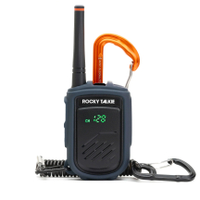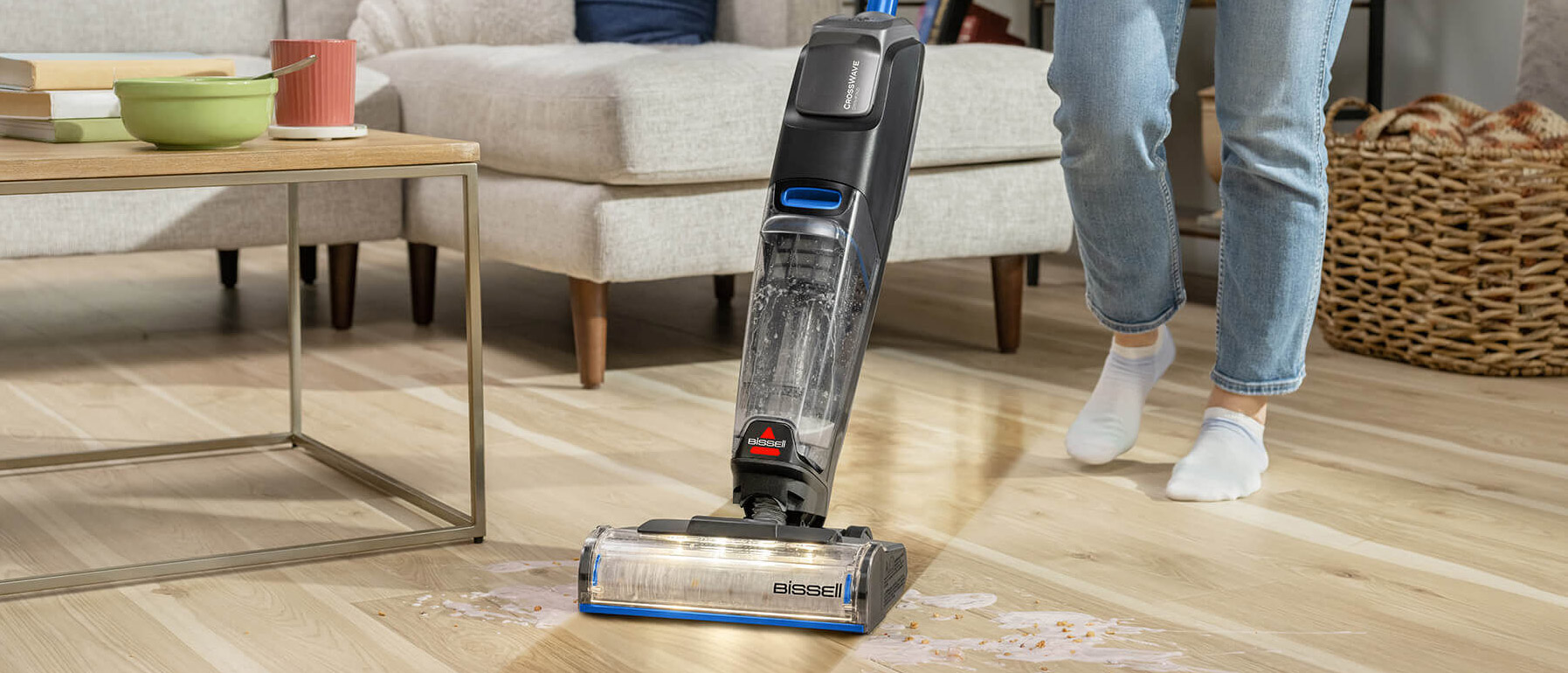My new favorite snowboard accessory is this tough-built, wallet-friendly set of walkie-talkies
5 reasons Rocky Talkie Mountain Radios are perfect for winter adventures
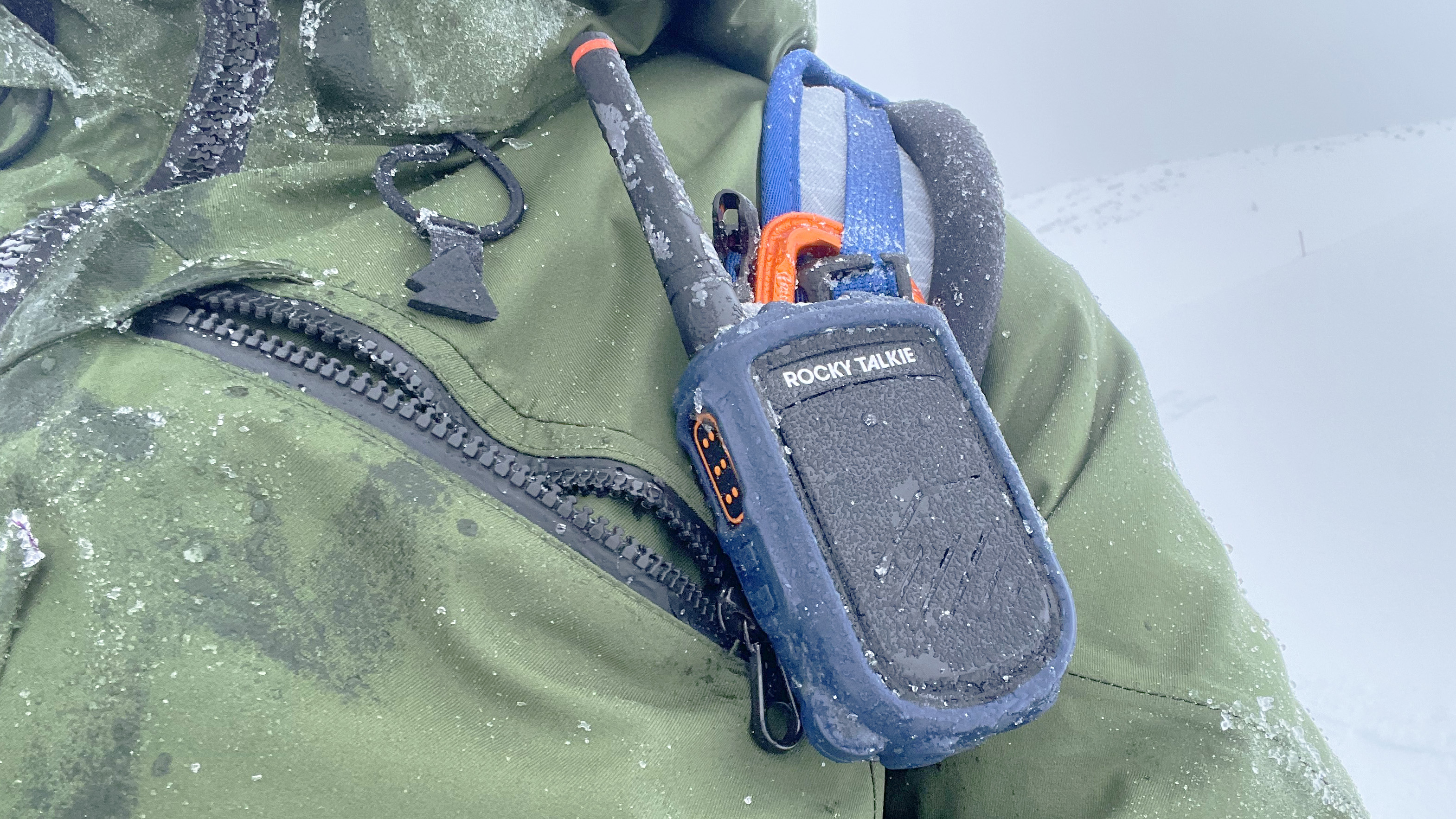
I just returned from an epic snowboard trip to Oregon’s Mount Bachelor, located a stone’s throw from the funky town of Bend, Oregon, where I had the chance to put a set of tough-built Rockie Talkie Mountain Radios to the test while my partner and I rode just shy of 20,000 feet of vertical over two days.
With my legs still feeling a bit like jello, I’m only starting to process the epicness that was sloshing about on a dormant stratovolcano with North America’s deepest snowpack, 100-plus inches (as of writing). With new boots, a new helmet and other fresh accessories all making their debut — this was also my first time riding this season — there was one accessory that stood out as the star of my adventure.
Rocky Talkie Mountain Radios are the ultimate communication device for outdoor adventure seekers, especially hikers, skiers, snowboarders, climbers, mountain bikers, snowshoers… I think you get the point. Durable, waterproof, long-lasting, easy-to-use and with solid range, they make staying in contact with your buddies all sorts of fun.
Frigid conditions, poor visibility, heavy powder and a new mountain all contributed to us taking things slowly at Mount Bachelor, at first, at least. Because my partner, a skier, and I have different comfort levels when it comes to new terrain, as well as different proclivities toward snow types — she prefers groomers and I like that fresh, fresh pow — we found ourselves splitting up fairly frequently.
Fortunately, thanks to the Rocky Talkie Mountain Radios, we were never more than a thumb-press away from communicating, which provided tremendous peace of mind. What follows are five reasons I’d recommend these $110-a-piece walkie-talkies to anyone who loves shredding the gnar with their favorite people.
Small, lightweight and easy to carry
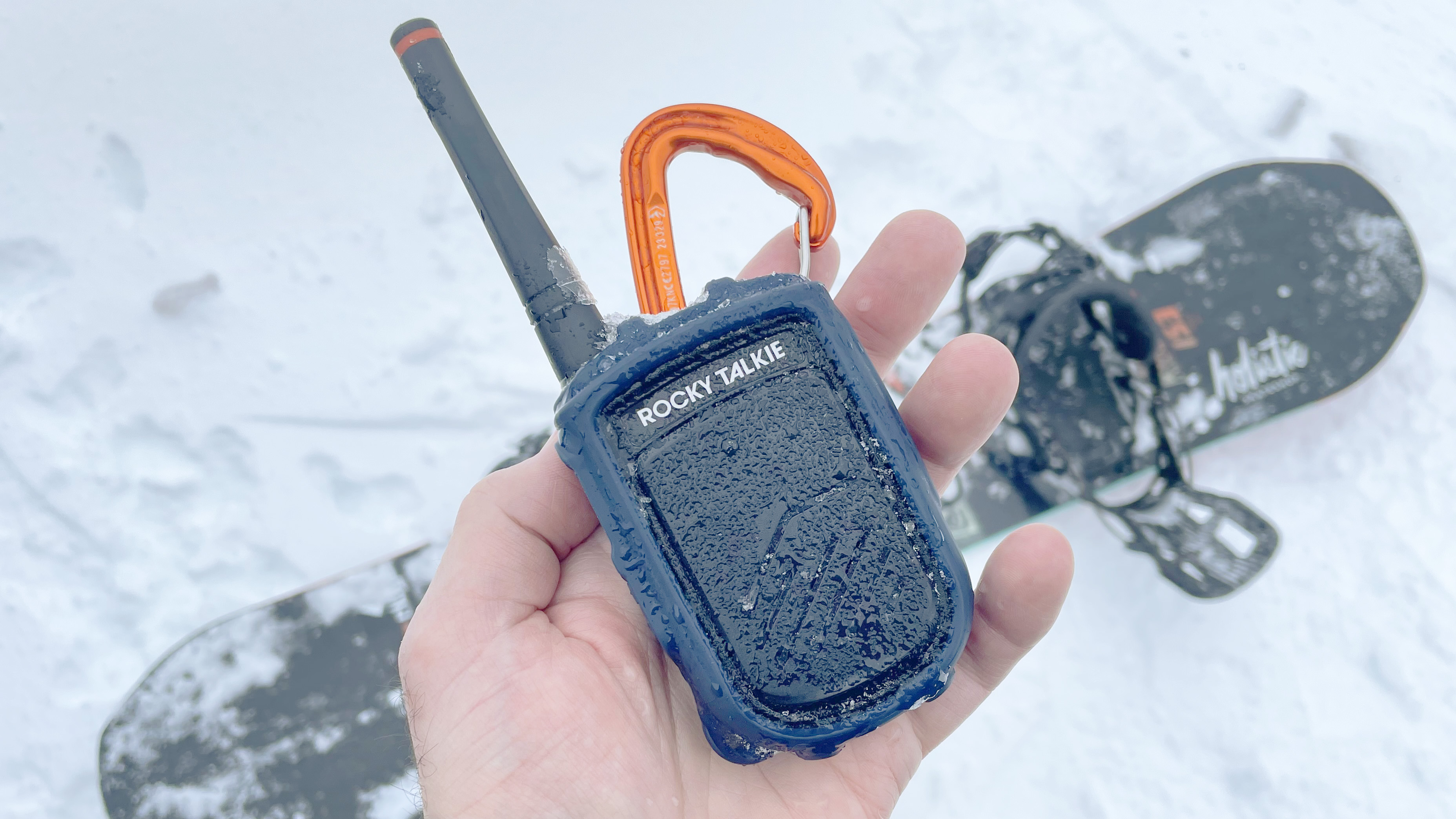
Rocky Talkie Mountain Radios weigh just 6.5 ounces and feature a handy built-in carabiner for attaching to jackets and backpack straps. I wore mine on my bag strap for the whole trip with zero discomfort. Even when I took tumbles — hey, I said it was my first time back riding this year — the walkie-talkie stayed affixed to my bag like a champ.
Additionally, at no point did I feel like it was moving around or bumping into my chest even when making tasty turns at around 30 mph.
Water and snow-proof design
Due to the aforementioned heavy powder, post-tumble, I'm certain my resemblance to Frosty the Snowman was uncanny, with my body caked from head to toe in the cold fluffy stuff, walkie-talkie included. These encounters with snow caused no issue for my Mountain Radio, nor did the numerous instances when the walkie-talkie accumulated thick coats of ice, a result of intermittent freezing precipitation.
Sign up to get the BEST of Tom's Guide direct to your inbox.
Get instant access to breaking news, the hottest reviews, great deals and helpful tips.
Best of all, the "talk" button is large enough that it can easily be engaged without needing to remove your hands from your ski gloves, something I truly appreciate when it’s 15 degrees Fahrenheit with 30-mph winds whipping about.
With an IP56 rating against dust and moisture, it’s worth pointing out that these radios aren’t fully submersible like their pricier siblings, but they are more than well enough equipped to handle aggressive snow and freezing rain.
Freeze- and shatterproof, too
In addition to environmental sealing, the Rocky Talkie Mountain Radios are designed to operate in conditions as cold as -20 degrees Fahrenheit and as hot as 120 degrees Fahrenheit. They also boast a shatterproof thermoplastic screen and protective covering, for any accidental encounters with rocks, trees or even East-coast-style ice. (Hey, I learned to ski in New Jersey.)
Solid range and sound quality
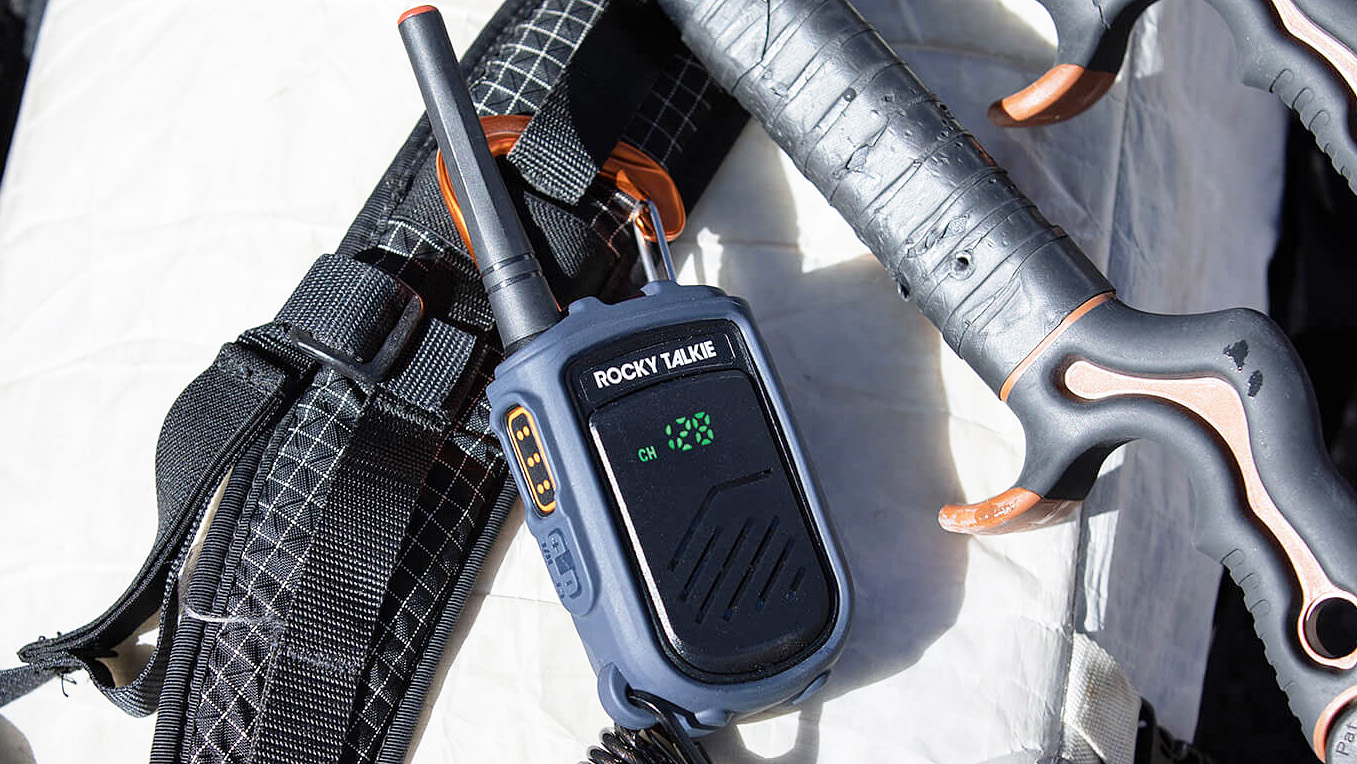
Of course, what good is a set of walkie-talkies if the range and sound quality don’t impress? Rocky Talkies advertise the Mountain Radios as having a range of between 1 and 5 miles in mountain environments, though with a straight line of sight, that’s more like 35-plus miles.
Mount Bachelor offers roughly 6.7 square miles of skiable terrain but we never found ourselves out of range from one another's walkie-talkie. That said, with various parts of the resort closed due to wind, we were likely never more than 2 to 3 miles apart at any given time.
With perfect sound quality reported on both ends during our first outing, I’m looking forward to pushing their range in future testing at our local mountains. Stay tuned for those results!
Outstanding battery life and 120 channels
Rocky Talkie Mountian Radios have a four-day battery life rating. On our first day at Bachelor, each walkie-talkie used roughly 3% of its battery during the 4-hour riding session. The same can be said for day two. That’s pretty impressive considering the fact we were using them often and in such cold conditions.
Ultimately, a reliable set of walkie-talkies is more than just a way to chat back and forth or make plans while on the mountain. With access to 120 channels, including local mountain ski patrol, walkie-talkies can also be a lifeline for helping fellow skiers/boarders, as well as a handy means for reporting potentially unsafe mountain conditions. After all, with great walkie-talkies comes great responsibility.
More from Tom's Guide
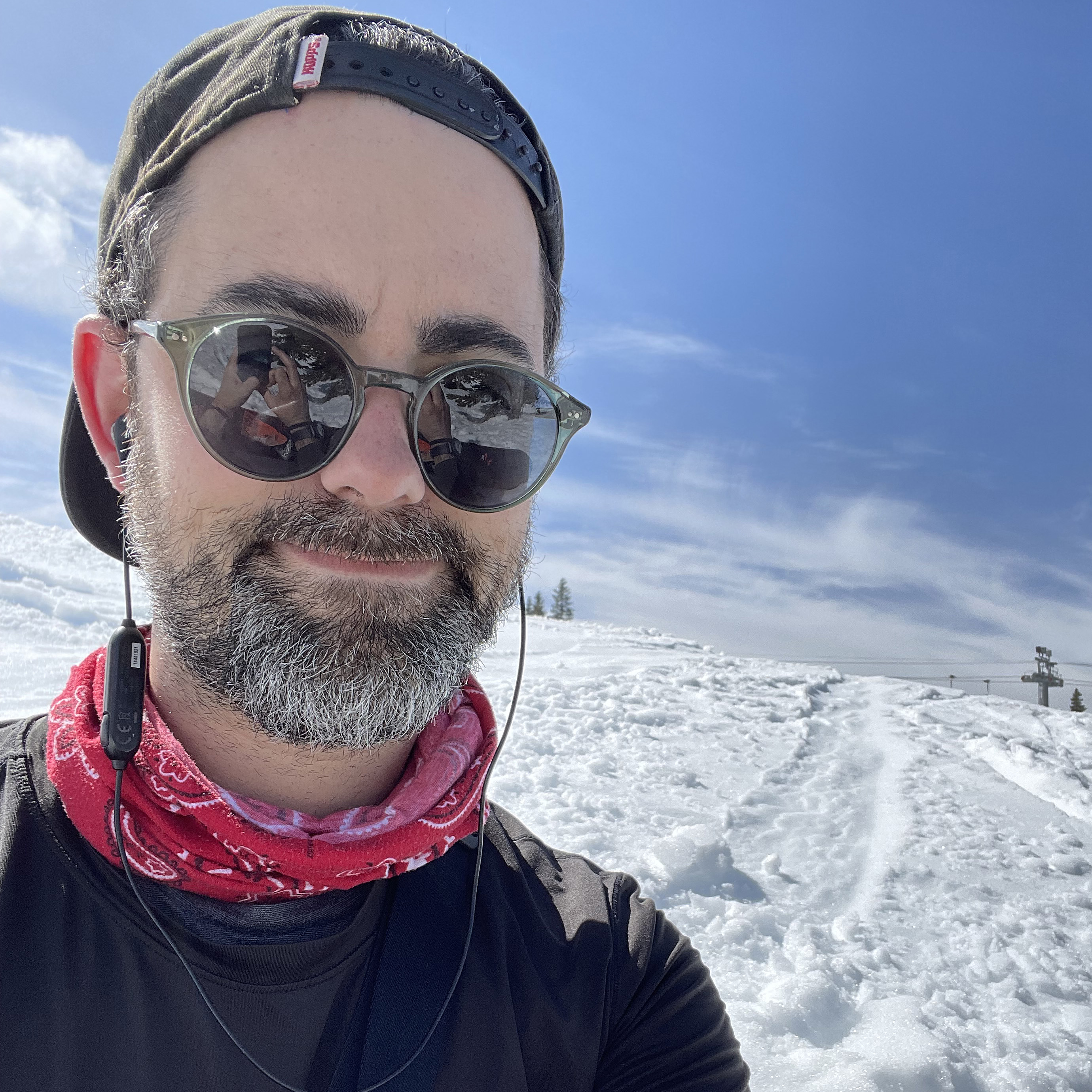
Dan Bracaglia is the Tom’s Guide editorial lead for all things smartwatches, fitness trackers and outdoor gear. With 15 years of experience as a consumer technology journalist testing everything from Oura Rings to instant cameras, Dan is deeply passionate about helping readers save money and make informed purchasing decisions. In the past year alone, Dan has assessed major product releases from the likes of Apple, Garmin, Google, Samsung, Polar and many others.
An avid outdoor adventurer, Dan is based in the U.S. Pacific Northwest where he takes advantage of the beautiful surroundings every chance he gets. A lover of kayaking, hiking, swimming, biking, snowboarding and exploring, he also makes every effort to combine his day job with his passions. When not assessing the sleep tracking and heart rate accuracy of the latest tach gadgets, you can find him photographing Seattle’s vibrant underground music community.
